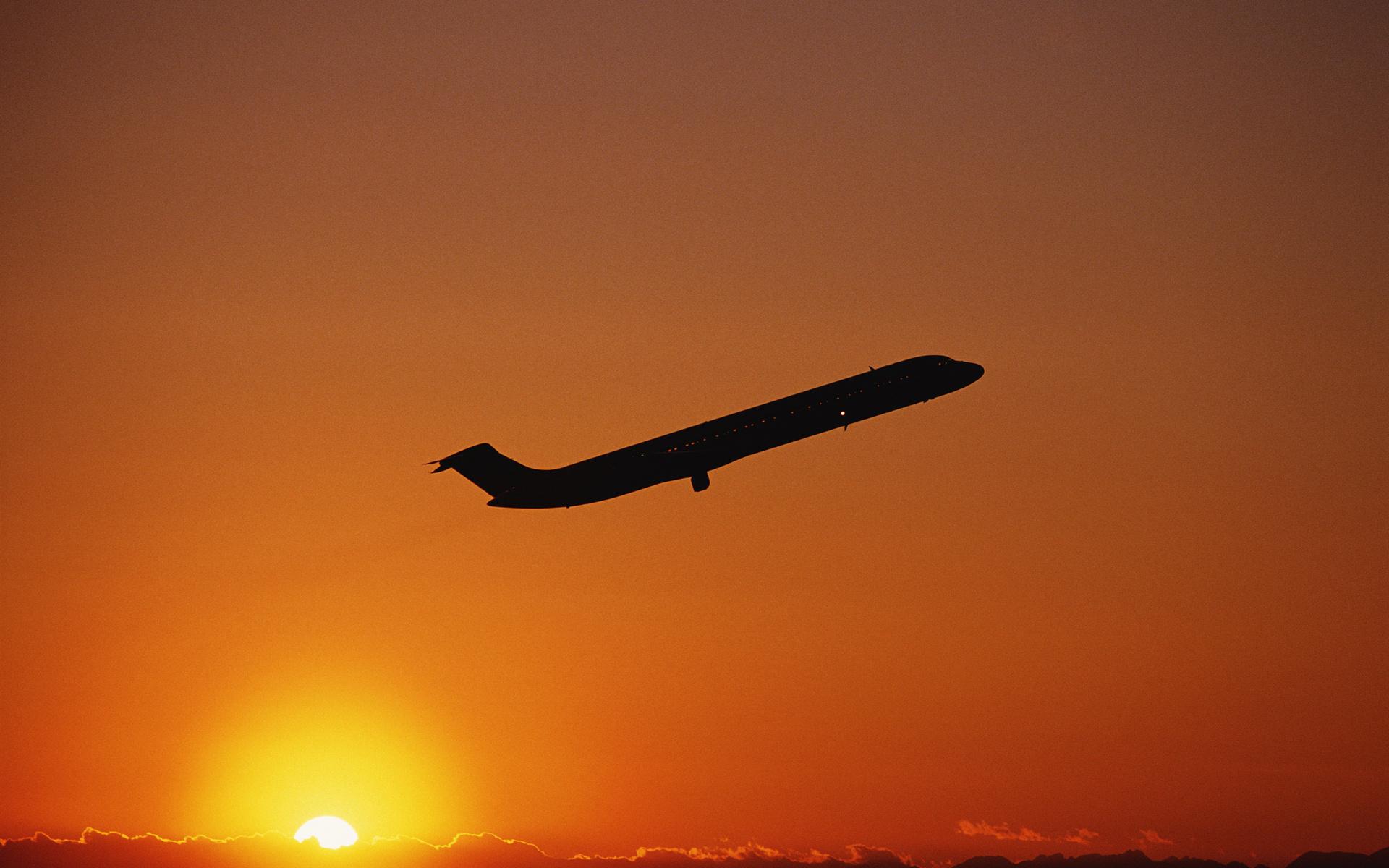Have you ever wondered how high the plane you are flying in could go before something catastrophic happened? Well, you are not alone, but it is impossible, given today’s technology. Before we get into how the catastrophe would evolve, let’s first take a brief look at the evolution of flight and see where we are today.
Powered by a 12 horsepower engine, the equivalent of two hand lawnmowers, Orville Wright took off from a hill on a Kitty Hawk beach on December 17, 1903, for what would become the first-ever powered flight.
Planes were used extensively during WWI
In 1911 Italy became the first country to incorporate planes into the military during the Turkish-Italian war. During the First World War, all sides used planes extensively for recognizance, bombing, and engaging enemy aircraft. At the time, the aircraft could only operate during daylight hours as the pilots relied on ground references to know where they were.

Alcock and Brown’s Vickers Vimy biplane taking off from Terranova for the Atlantic crossing, June 14, 1919. Photo Getty Images.
In June 1919, Alcock and Brown took off from St. John’s, Newfoundland and flew nonstop for 16 hours before crashing in a bog in Western Ireland. For the record-breaking Atlantic crossing, the converted Vickers bomber never flew higher than 12,000 feet, so there was enough oxygen in the air for the pilots to breathe. A decade later, Charles Lindbergh and Amelia Earhart became worldwide celebrities setting records of their own.
The Boeing 307 was the first pressurized airliner
The next massive revelation occurred in 1937 when the US Army Air Corps began work on the X-35, a modified Lockheed Electra with a pressurized cabin. A year later, Boeing released the Boeing 307 Stratoliner, a passenger aircraft that could fly at 20,000 feet.

The Boeing 307 was the first pressurized airliner. Photo: D. Miller via Wikimedia Commons.
The advantage to flying at higher altitudes was that the higher you got, the thinner the air was, making the plane more economical to operate. The ability to fly above the clouds also allowed pilots to avoid storms and other bad weather.
In 1949 the world was introduced to the first passenger jet airliner, the British-manufactured de Havilland Comet. Unfortunately, the plane had some design issues and had to be grounded for two years following fatal crashes. Nevertheless, it showed the world that passenger jet travel was possible. Boeing ran with the concept of jet airliners and, in the late 50s, debuted the Boeing 707. By the time various variants had been built, the Boeing 707 had a maximum ceiling of 42,000 which is where we are today.
Concorde was the exception

Concorde could fly at 60,000 feet. Photo: Getty Images.
Because the Concorde could climb and descend fast and had engines that worked in very thin air, it could fly at 60,000 but tended to cruise at an altitude of around 50,000. Other airliners would struggle to do that as there is insufficient oxygen to power the engines.
The sweet spot for modern airliners is between 35,000 and 42,000 feet, where the plane’s engines are most efficient. The way the wings are designed is also unsuitable for thin-air flight as they would not be able to create enough lift. Planes cannot just keep going up and up – at some point, it will stall.
Limitations to altitude
Basically, commercial airliners cannot fly higher than their maximum rated ceiling for the following three factors:
Engine thrust: At higher altitudes where the air is thin (less dense than at lower altitudes), there is not enough air to pass through the engine for it to create the required thrust needed to keep the plane flying. The density of the air is also affected by temperature. This means the aircraft’s maximum altitude on hotter days is much lower than on colder days. The aircraft’s maximum altitude is when it reaches a point when it can no longer create enough thrust to keep climbing at least 300 feet per minute.
Cabin pressure differential: At high altitudes, the passengers would not be able to breathe if they were not in a pressurized cabin. The higher the altitude, the higher the air pressure differential between the inside and outside of the plane. At around 43,000 feet, a maximum of 9 PSI is reached, and anything higher could lead to a catastrophic structural failure of the aircraft.
Aerodynamic altitude: If a commercial airliner flies too high, it will encounter less dense air passing over the wings to create lift. This can cause the plane to stall and fall out of control. Depending on the weather conditions and aircraft weight, this can occur anywhere between 40,000 and 45,000 feet.
All airline pilots are trained to know the capabilities of the planes they are flying and ensure that everything is kept within safe margins.

A similar plane to the one that crashed. Photo: Esun via Wikimedia Commons.
In 2004 Pinnacle Airlines flight 3701 crashed after the two pilots repositioning the Bombardier CRJ200 decided to see how high the plane could go. After the plane reached 41,000 feet, its max ceiling, both engines failed. The pilots tried to restart the engines but could not before the aircraft crashed near Jefferson City Memorial Airport (JEF) in Missouri.
SOURCE: Simple Flying

